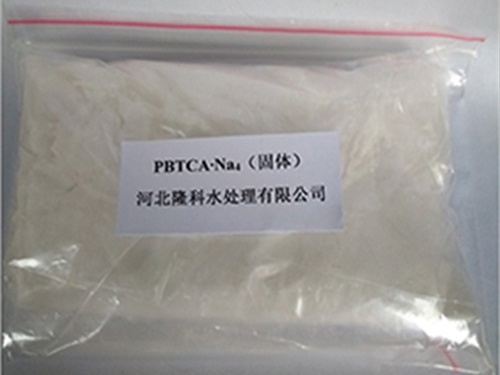polyacrylamide in water
Polyacrylamide in Water An Overview
Polyacrylamide (PAM) is a synthetic polymer that has gained widespread attention due to its versatile applications across various fields, particularly in water treatment, agriculture, and biotechnology. Comprised of acrylamide monomers, it is commonly used in its water-soluble form to enhance the performance of different processes.
One of the primary uses of polyacrylamide is in water treatment. It acts as a flocculant, helping to aggregate suspended particles in water, which facilitates their removal during filtration. This property is especially useful in municipal wastewater treatment plants, where the goal is to reduce turbidity and remove contaminants. The addition of PAM helps to form larger flocs, ensuring a clearer effluent and improving the overall efficiency of the treatment process.
In agriculture, polyacrylamide is employed as a soil conditioner. When mixed with water and applied to soil, it enhances soil structure and retention capacity, leading to better water infiltration and reduced erosion. Farmers often use PAM to improve the efficiency of irrigation systems, ultimately promoting healthier plant growth and higher crop yields. In regions prone to drought, the water-retention abilities of polyacrylamide can conserve valuable water resources, which is crucial for sustainable farming practices.
polyacrylamide in water

Additionally, polyacrylamide is becoming increasingly important in the field of biotechnology. It serves as a matrix for gel electrophoresis, a technique used to separate biomolecules, such as DNA, RNA, and proteins. The gel's porous structure allows scientists to effectively analyze and visualize these molecules, making polyacrylamide an essential component in molecular biology laboratories.
While polyacrylamide offers numerous advantages, it is important to consider its environmental impact. In its unpolymerized form, acrylamide is classified as a potentially harmful substance due to its neurotoxic and carcinogenic properties. However, once polymerized, polyacrylamide is generally regarded as safe for many applications, particularly in water treatment, as it is less likely to release free acrylamide into the environment.
Furthermore, the concentration of polyacrylamide in water can significantly affect its performance. Typically, effective concentrations range from 0.1% to 1% for most applications. Higher concentrations may be necessary in specific scenarios, but care must be taken to avoid oversaturation, which could lead to difficulties in floc formation and removal.
In conclusion, polyacrylamide in water represents a remarkable tool in various industries. Its ability to enhance water clarity, improve soil conditions, and facilitate biochemical analysis makes it invaluable in modern practices. However, as with any synthetic chemical, it is essential to be mindful of its handling and application to mitigate any potential environmental issues. Moving forward, continued research and innovation will likely uncover even more applications for polyacrylamide, promoting its use in an environmentally responsible manner while meeting the challenges of water scarcity and pollution.
-
Pbtc Scale InhibitorPBTC: A Scale Protector for Industrial Water TreatmentNewsAug.05,2025
-
Organic Phosphonate: An Efficient Defender in the Field of Scale InhibitionNewsAug.05,2025
-
Hydrolyzed Polymaleic Anhydride: Green Pioneer in Scale Inhibition FieldNewsAug.05,2025
-
PAPEMP Polyamino Polyether Methylene Phosphonic Acid For SaleNewsAug.05,2025
-
Flocculant Water Treatment: A Pioneer in Purification in the Field of Water TreatmentNewsAug.05,2025
-
Benzyl Isothiazolinone: An Efficient and Broad-Spectrum Antibacterial Protective GuardNewsAug.05,2025





